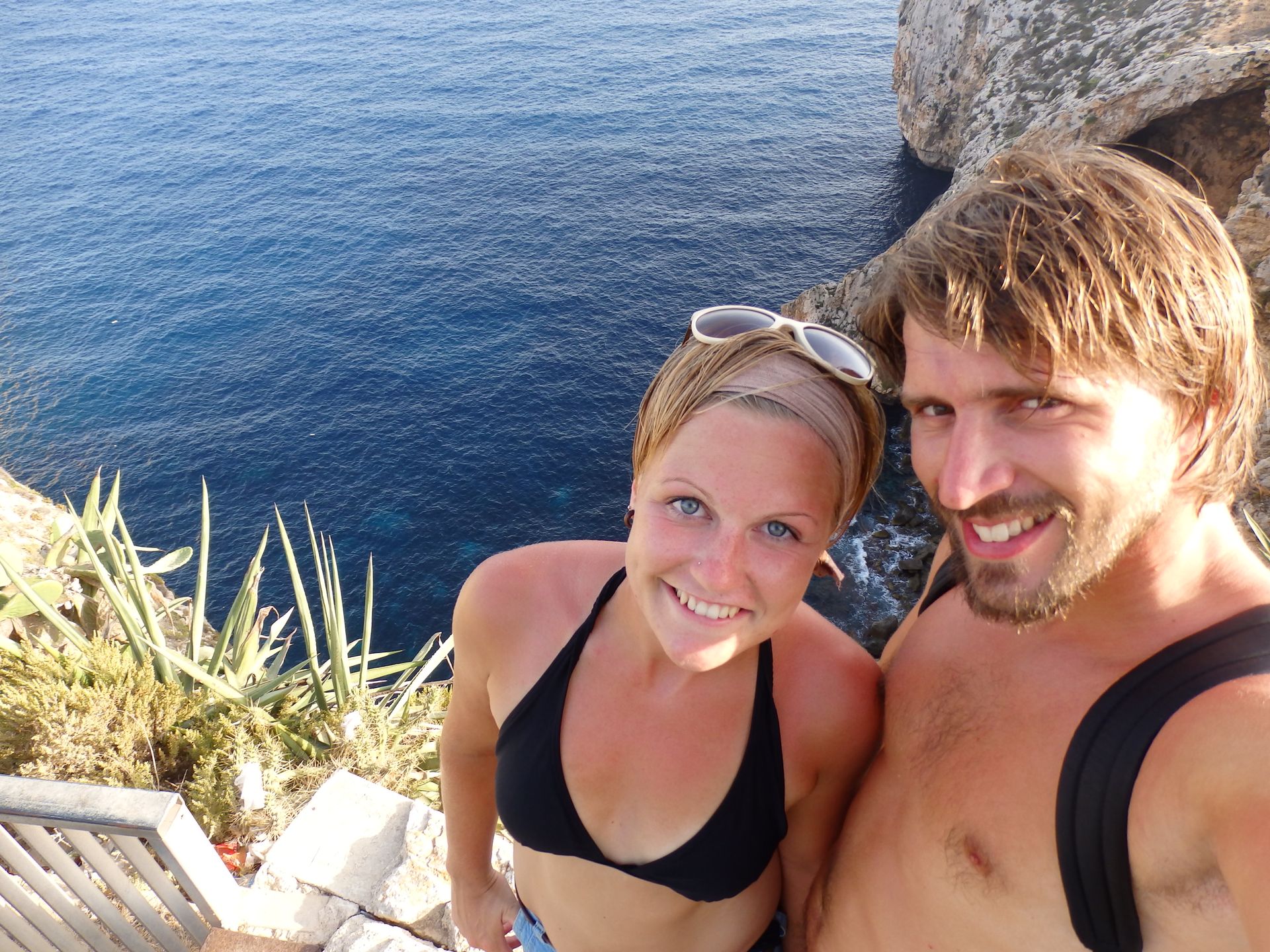Machu Picchu via Salkantay Trek
Rakabudiswa: 28.03.2019
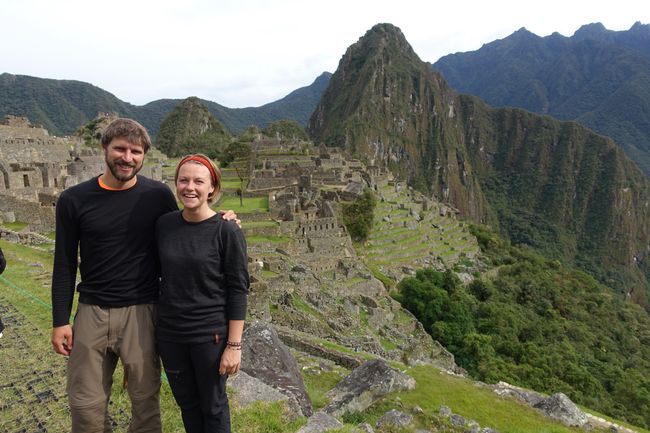
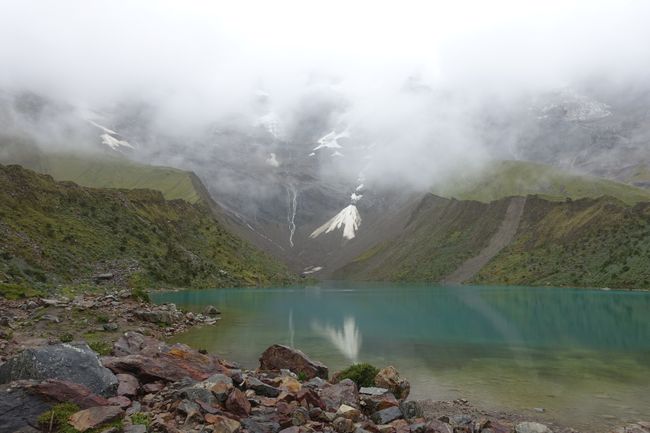
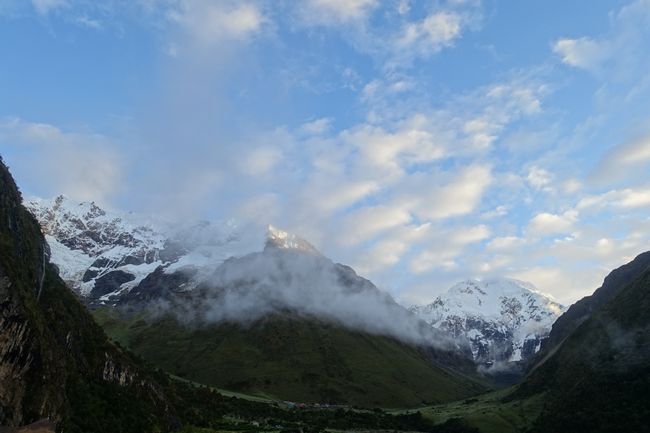
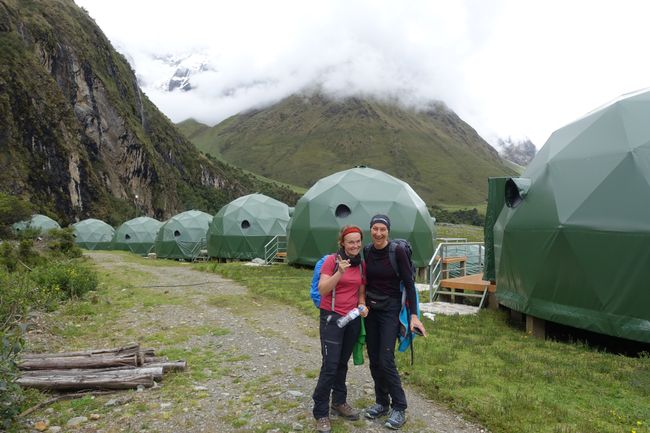
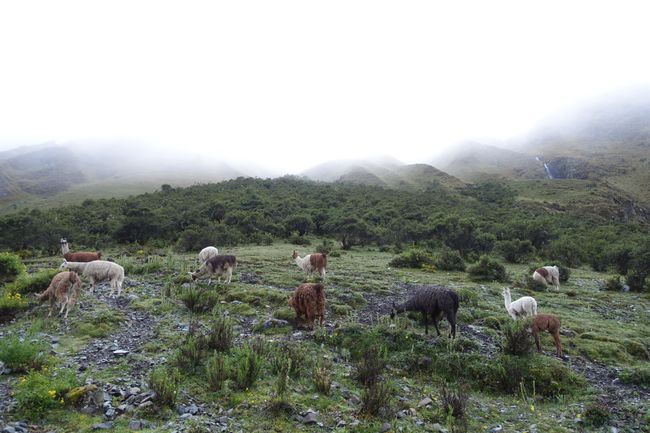
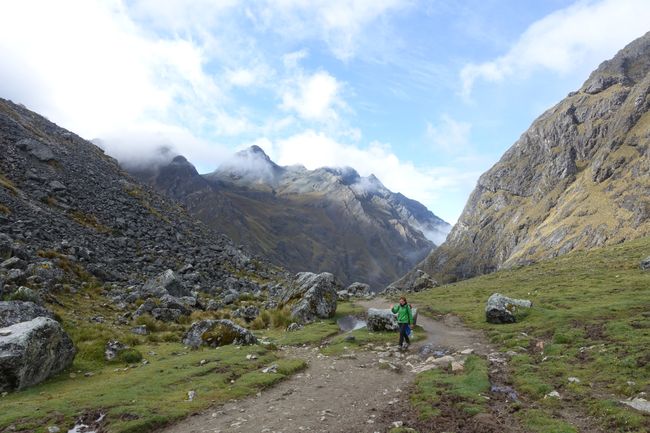
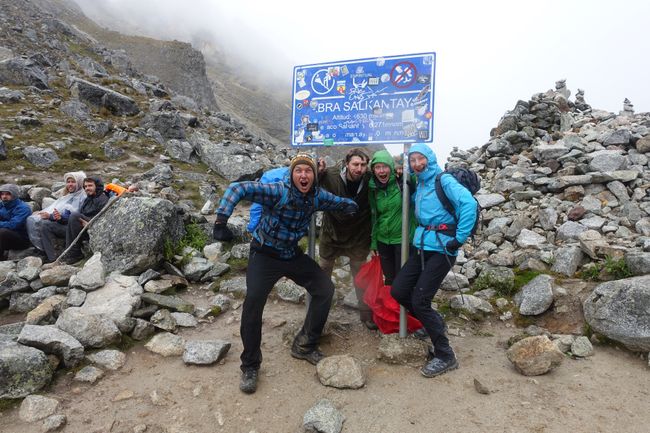
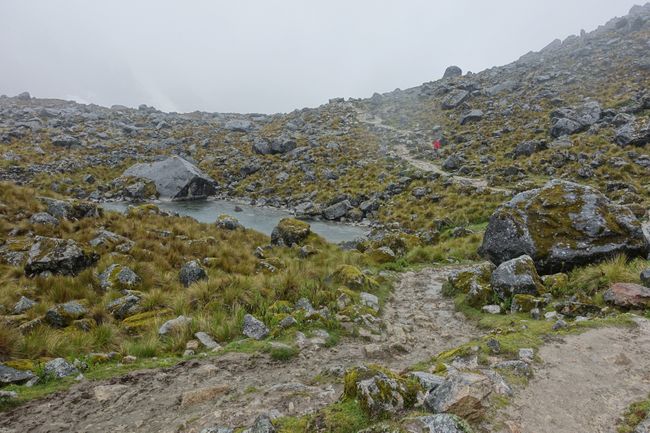
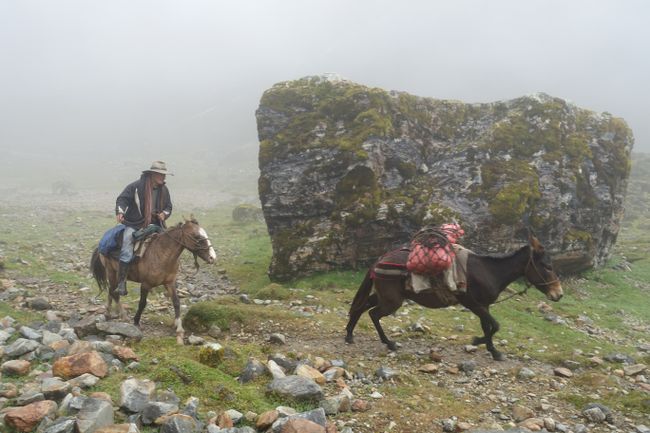
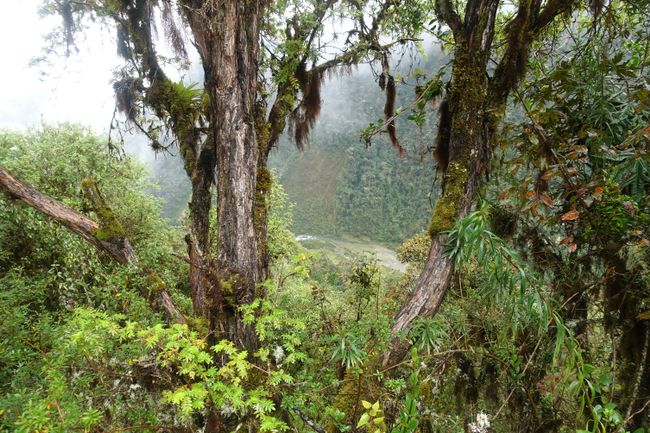
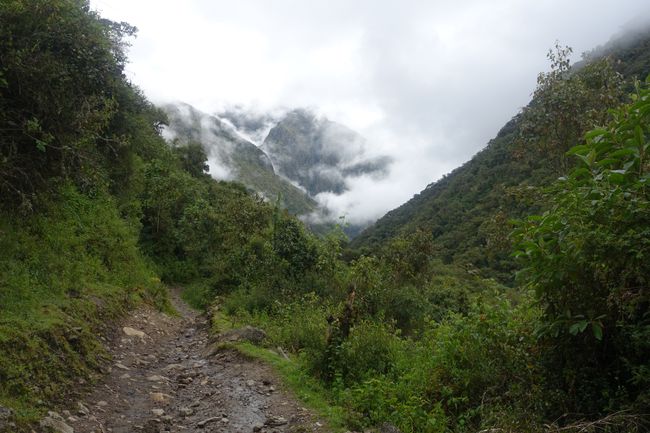
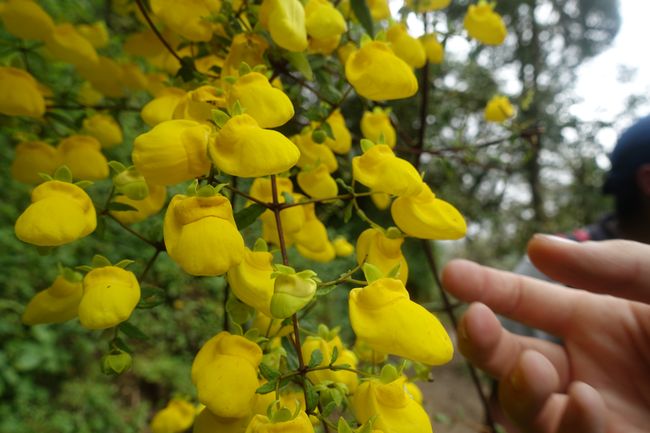
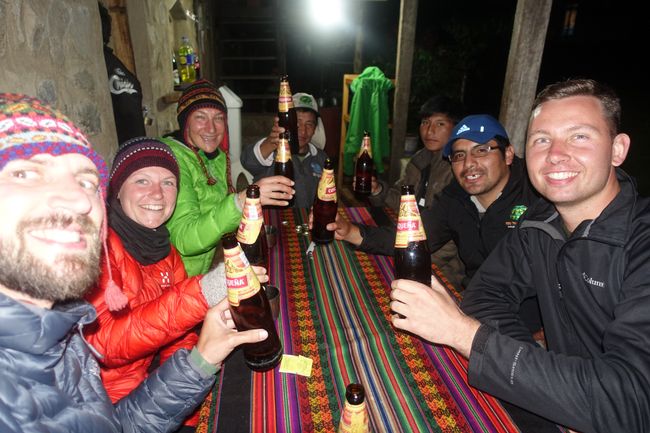
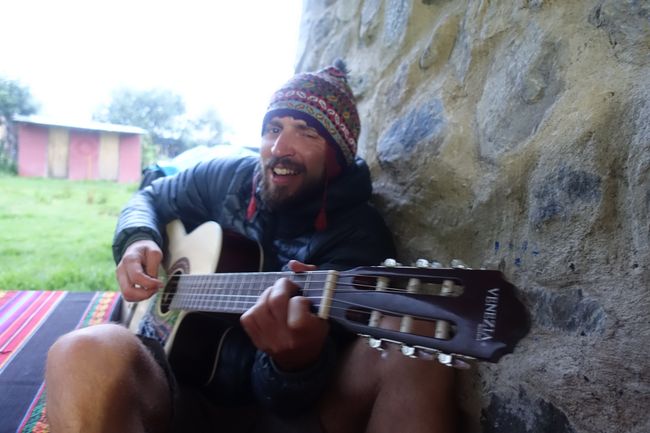
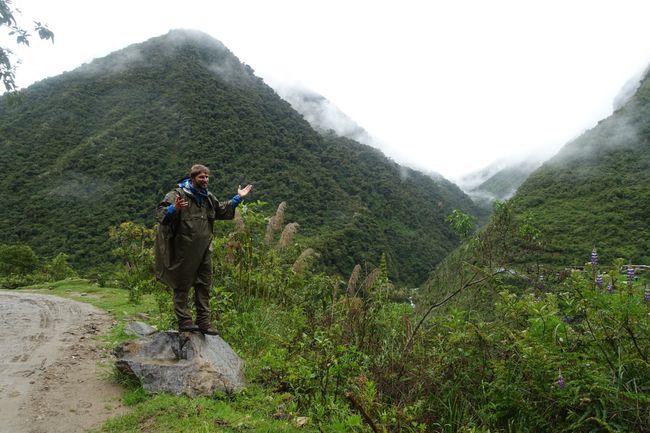
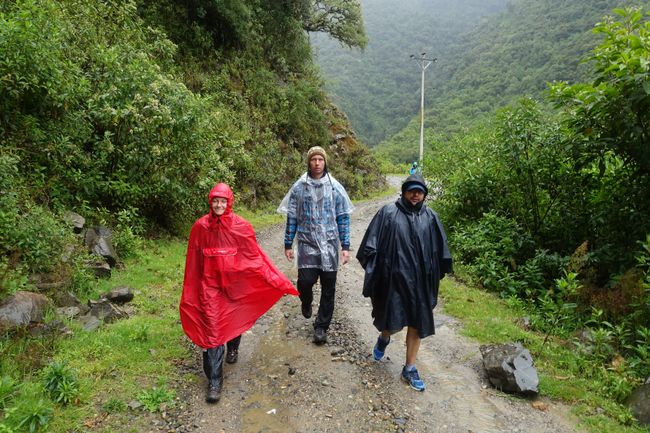
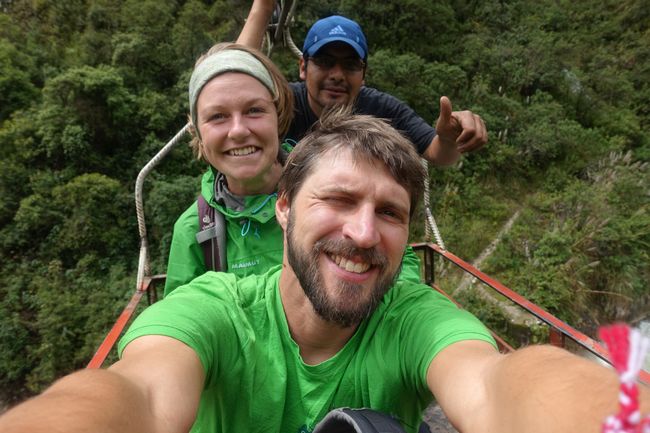
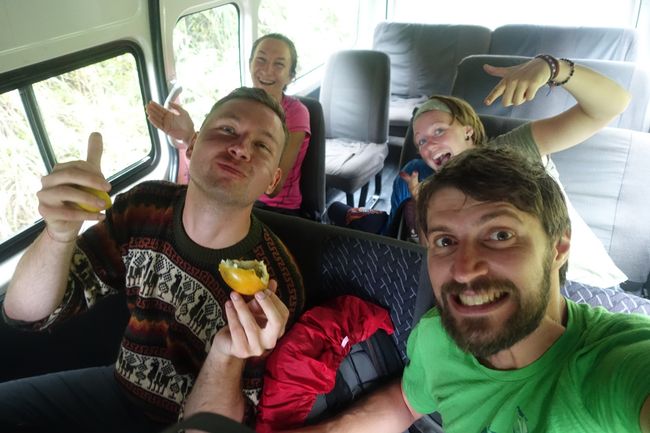
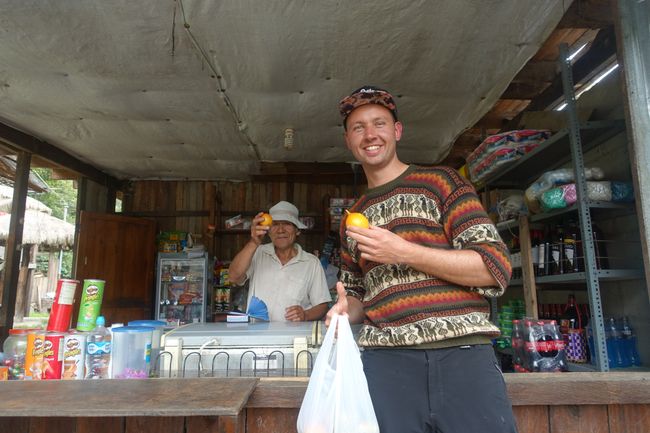
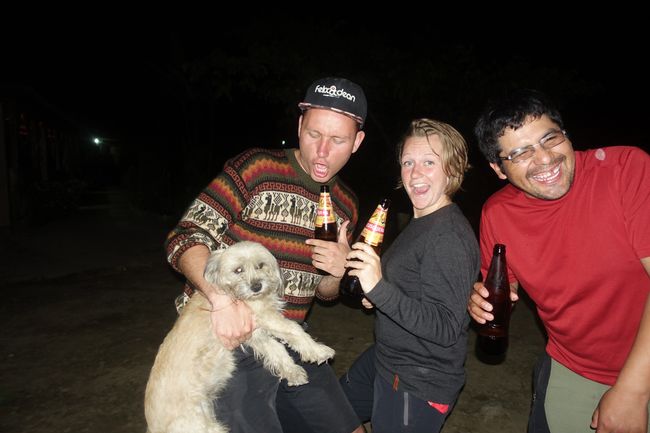
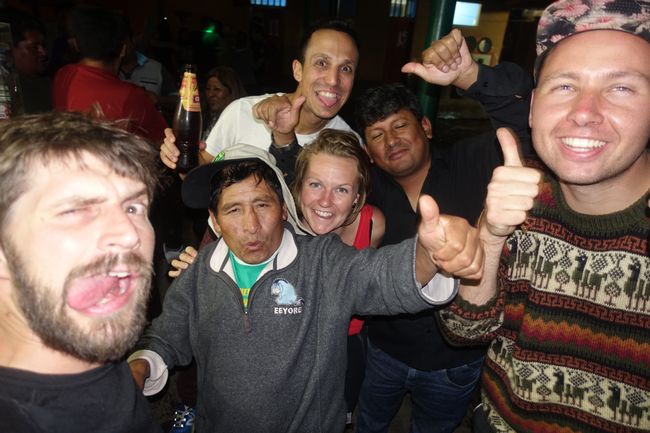
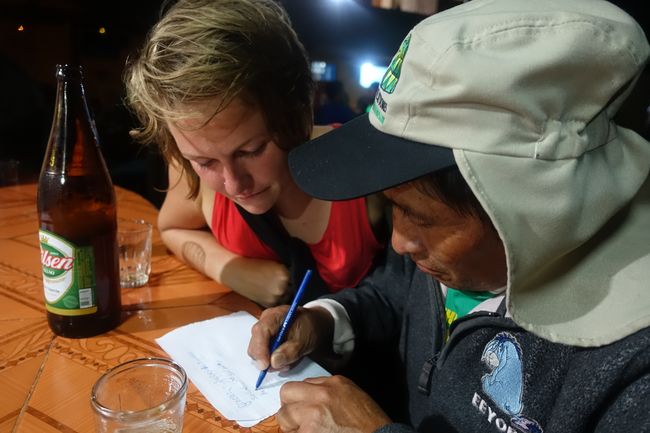
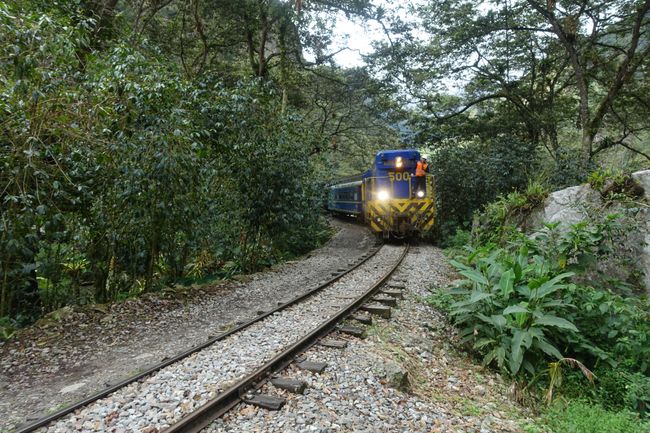
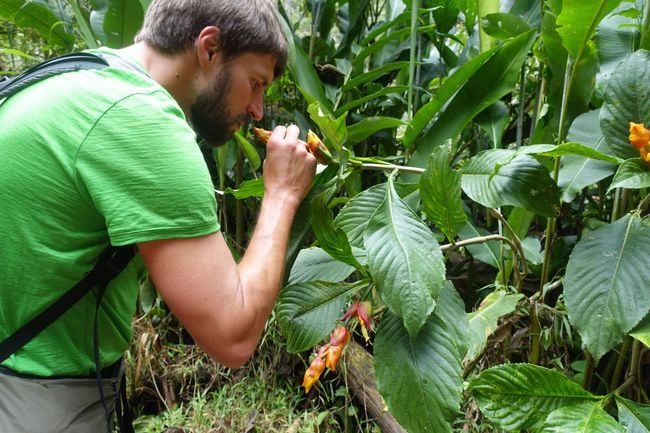
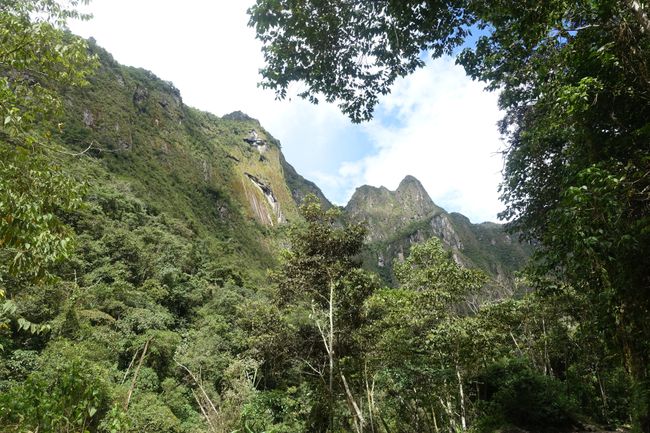
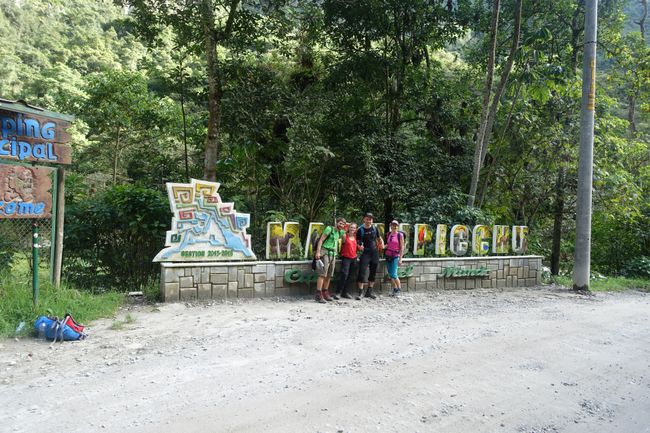
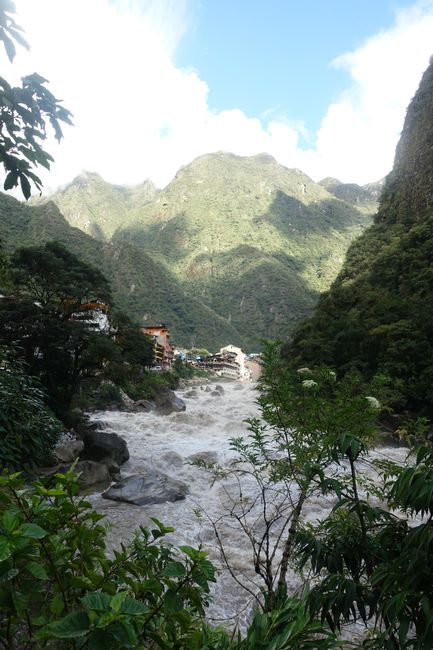
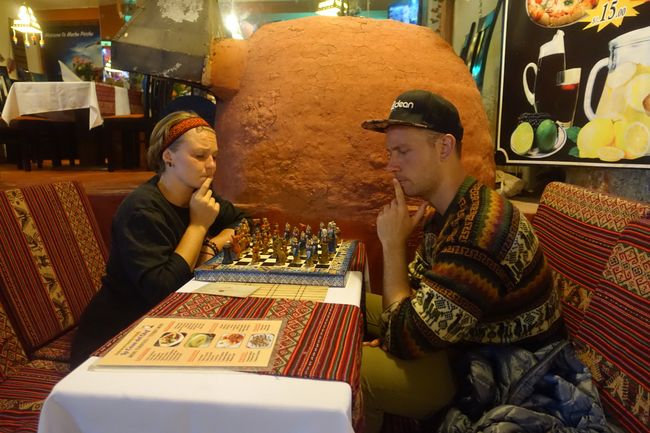
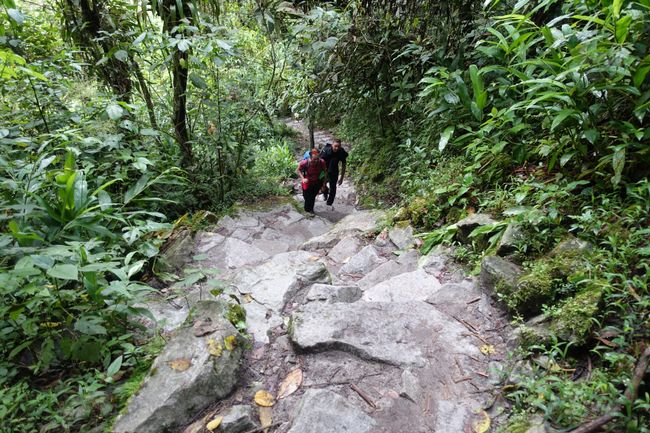
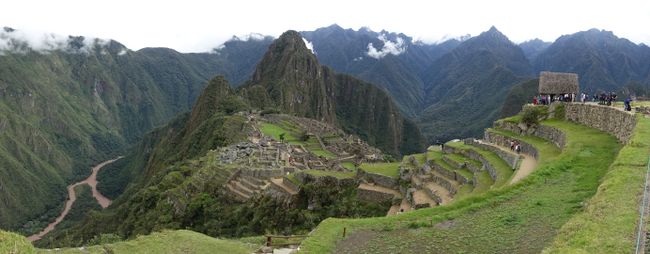
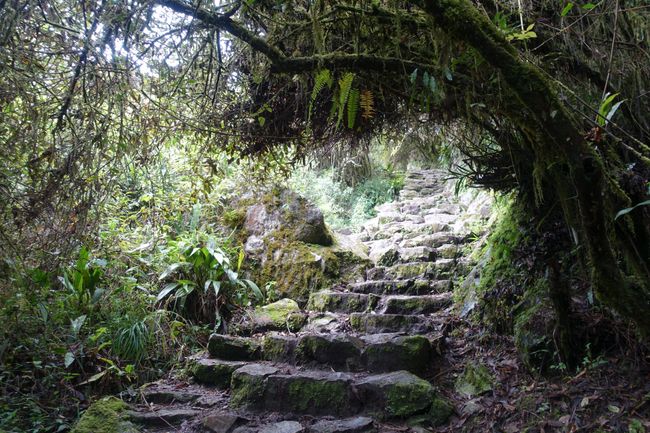
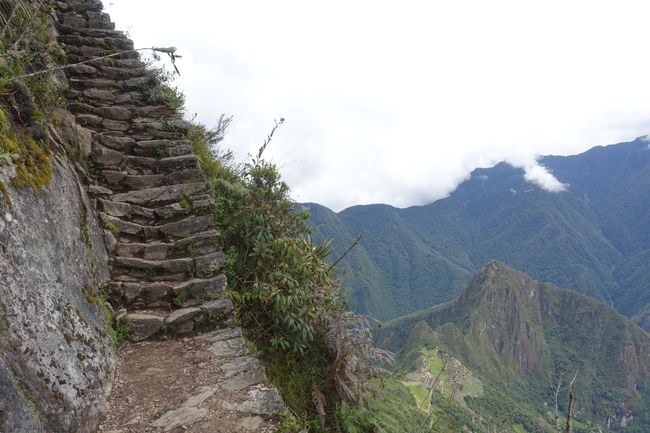
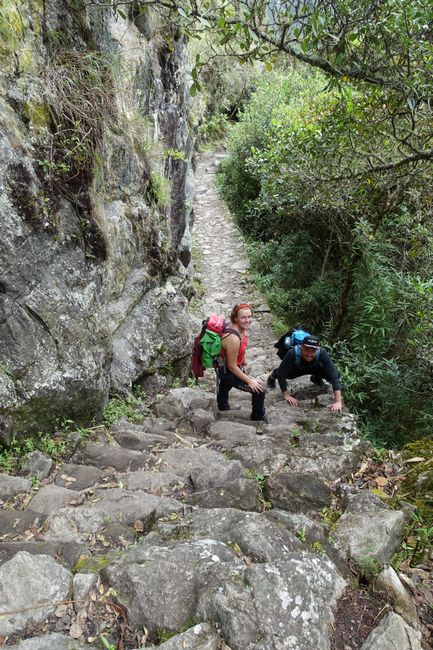
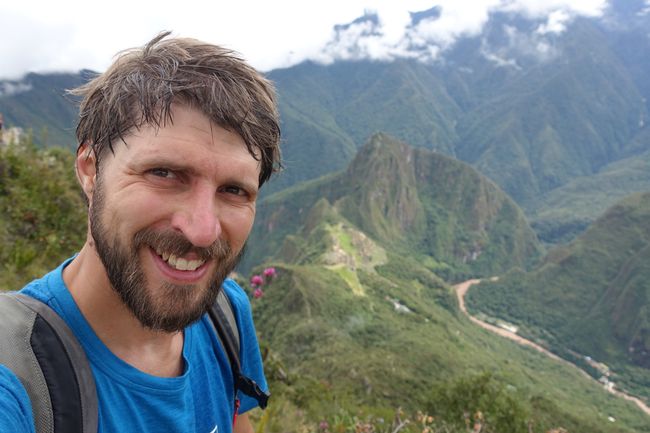
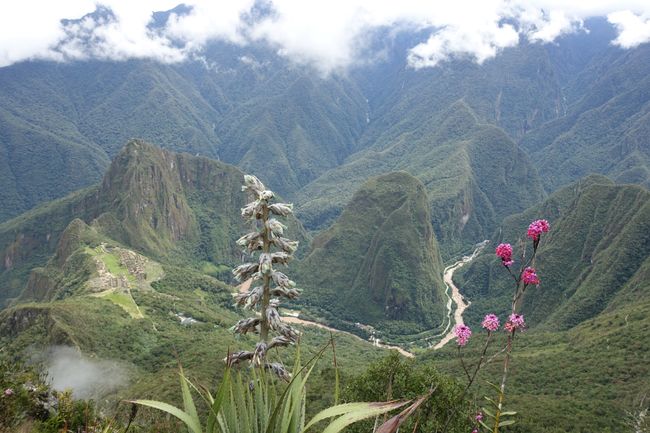
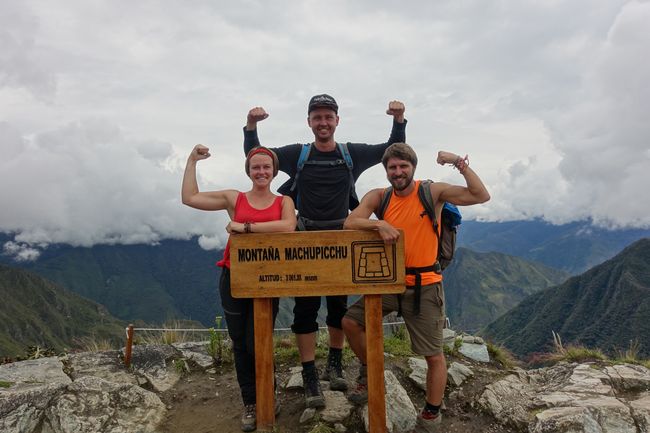
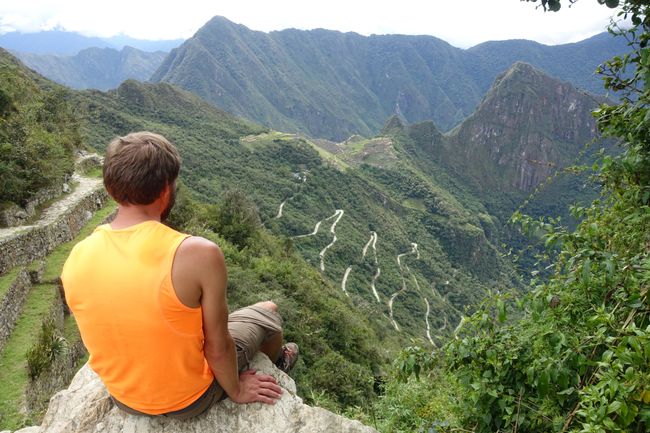
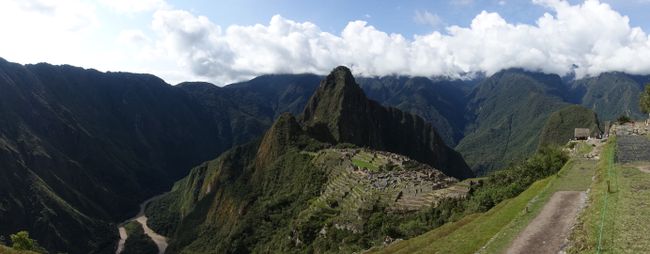
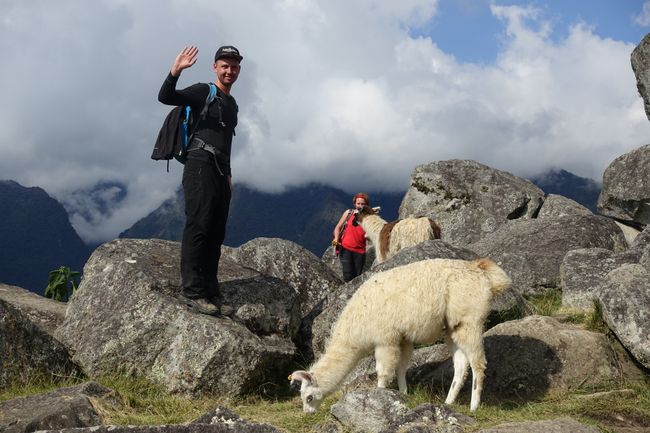
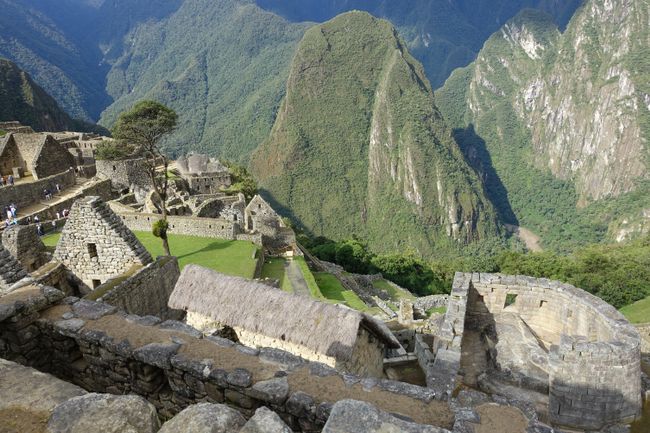
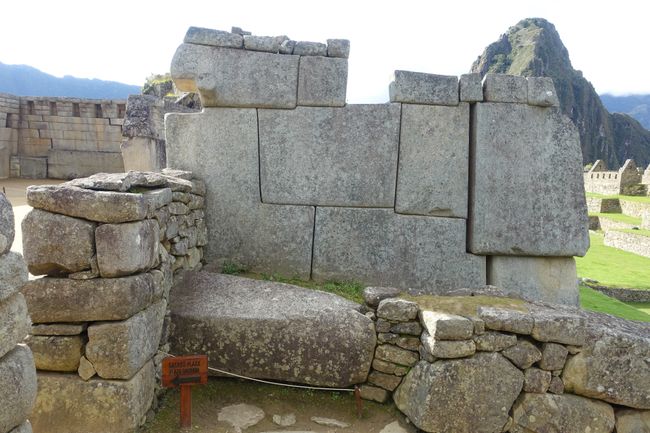
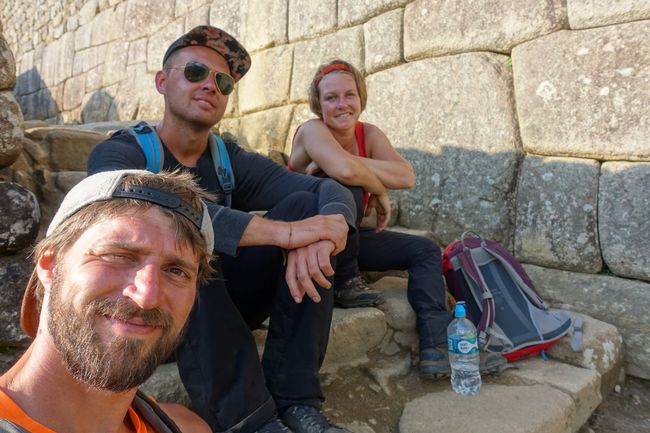
Nyorera kune Newsletter
Now it was Johannes' most wanted destination in South America's turn: Machu Picchu!
After reaching Cusco via Lima, we wanted to set off right away to go to Machu Picchu via the Salkantay Trek. We strolled around the beautiful old town of Cusco for a day, and the next day we started our trekking adventure. We were picked up at 4 o'clock in the morning and greeted with a friendly 'Servus': a fellow Austrian, Melanie from Villach, would be joining us for the next few days. Then we picked up another trekker. He got into the car and said 'Servus' - he is an upper Bavarian, Thomas from Au/Bad Feilnbach, and is the fourth - and luxuriously - the last participant of the tour (other groups sometimes go with 20 people per guide!). Also in the car are our guide Carlos and the cook Santiago, who will accompany us and cook for us for three days.
The first day of the trek is very relaxed: we only walk for about an hour to the first campsite, from there to Laguna Humantay and back. The small igloos that serve as our overnight accommodation offer a great view of the peak of Salkantay, which we will have a fantastic view of in the morning of the second day!
We start at 6 o'clock in the morning for the first stage: first we hike uphill for two hours to cross the Salkantay Pass at 4,630 m. On the way there, we have a view of the high, snow-covered mountains (initially cloudless), cross a plain with large boulders, pass grazing llama herds, and enjoy the minutes without rain. Shortly before the pass, it starts raining, it even snows at the top. Nevertheless, we perform a short Inca ceremony by asking the mountains for a good path and offering them coca leaves. Since it is so cold up there, we hurry to leave the pass soon. From now on, it's all downhill: about eight hours and unfortunately all in more or less heavy rain, which mostly obscures our view... Only occasionally can we catch a glimpse of the beginning jungle landscape, the dense forest. On the roadside, however, we see yellow lady's slipper and other exotic, unfamiliar perennials, large spider webs, and the rushing river in the valley. When we arrived at the second campsite, we were grateful for a hot shower and a cold beer.
The next morning we didn't start until 7 o'clock, as the stage of the third day is only about five hours. Again, it's all downhill towards the jungle, past tall trees covered with moss and lichens, and once again colorful blooming perennials and shrubs. Unfortunately, we couldn't take the direct path, a narrow path that drops steeply to the river, because during the rainy season it is usually heavily damaged and at risk of rockfall. So we hiked along the gravel road, which was not very busy either, as the road has been buried by a landslide for weeks and is therefore impassable. At this impassable spot, we crossed the river using a cable car to continue on the other side. From here on, tall banana plants and coffee bushes line our path and it becomes noticeably warmer. Unfortunately, it never stopped raining completely, which is why the rain poncho turned out to be the favorite piece of clothing for the entire trek. As we had already learned from our guide, the third day is the best day of the trek. It ends namely in the hot springs of Santa Teresa, where we plunge shortly after noon. Although we were not exhausted at all, we felt like we deserved a few Pisco Sours and cold beers. So the Speedy Gonzales travel group spent a wet and cheerful afternoon in the hot springs, and then happily arrived at the party at the campsite. We learned a lot about the obscenities of the Incas, who liked to enjoy their Inca tequila from special vessels... More will not be revealed at this point.
On the fourth day, a general headache had taken hold. As it was also raining heavily, we decided not to walk the next six hours to Hidroelectrica or to return by zipline, but to have another visit to the hot springs. Around noon, when the rain was over, we took a taxi to Hidroelectrica... From there, we walked for about three hours to Aguas Calientes, from where we were supposed to start our journey to Machu Picchu the next day. In total, we hiked for about three hours, always along the tracks, next to the Rio Urubamba, which surrounds the Machu Picchu Mountain and the Huayna Picchu Mountain. In the evening, we finally reached Aguas Calientes, after already catching a first glimpse of the famous ruins along the way.
On the fifth day, the time had finally come: at 6 o'clock in the morning, we got up to set off to the ruins of Machu Picchu. Starting from Aguas Calientes, we first climbed stairs for about 1.5 hours to reach the entrance. Apparently, the Incas hadn't heard much about stair construction standards: the step heights vary between 10 cm and 40 cm, which turned out to be quite exhausting. But it was still early in the morning and we were full of anticipation, so: no big deal! Shortly after, we were already at the top, looking at perhaps the most famous ruins in the world. Wow!!! After a short guided tour by a guide who briefly outlined the history of the Inca city, we set off for Machu Picchu Mountain. In front of us were nearly three thousand Inca steps, which we already knew from before - Johnny raced ahead and probably set a new record, while Thomas and I were completely out of breath and panting behind. We still made it to the top and were overwhelmed by the view! Below us, the ruins, framed by the fabulous backdrop of the jungle with the river flowing around the area, surrounded by the green peaks of the surrounding mountains. The scene called for a summit beer, which we had wisely brought with us! After a little snack, we ventured to explore the Sun Gate first and then the ruins. A little tip (and advice) for anyone who wants to travel to Machu Picchu: bring enough water! Out of respect for the holy place, no drinks are sold in the ruins. Unfortunately for us, due to the amazingly good weather, we had already used up our water ration on Machu Picchu Mountain. Luckily for us, my ears heard the sound of water splashing on the way to the Sun Gate - reason enough for me to dive into the jungle and find the source: a hole in a spring water pipe. So, thanks to my water filter and maybe a little sense of adventure, we didn't die of thirst at Machu Picchu.
After spending several hours in the ruins and covering a total distance of about thirty kilometers, we were deeply impressed by the work of the Incas, overwhelmed by the landscape and the weather, and at the same time extremely exhausted from the long day! Time to return to Aguas Calientes and discuss and contemplate all the impressions over a Pisco Sour once again.
The next day, it was „only“ about two and a half hours on foot back to Hidroelectrica, and then about six hours by bus back to Cusco. There, we treated ourselves to a complete day of rest before setting off for the next absolute highlight the following day: Rainbow Mountain and Red Valley - more about that in a separate report :)
Nyorera kune Newsletter
Pindura (1)
Monika
Wirklich toll beschrieben, bin stolz auf euch ! Gruß und eine eindrucksvolle und gute Weiterreise wünscht ma von Tom aus Au!
Mishumo yekufambisa Peru
